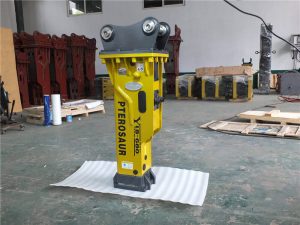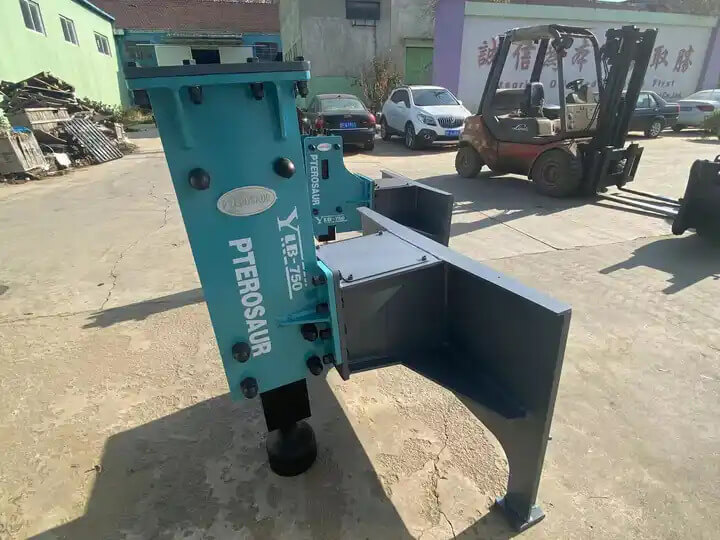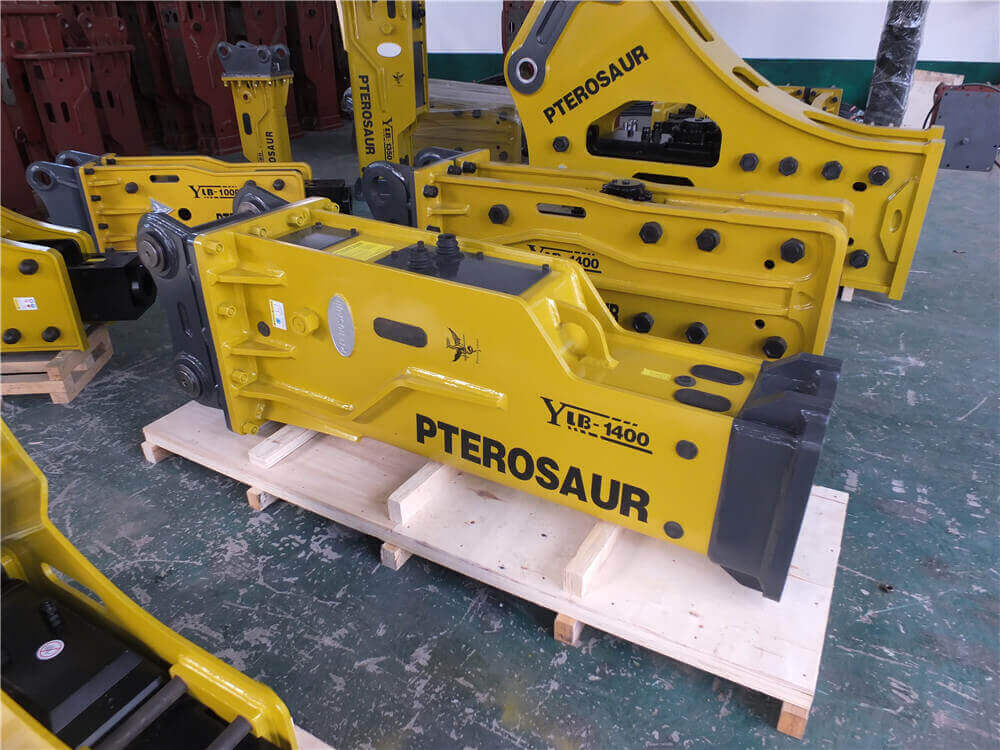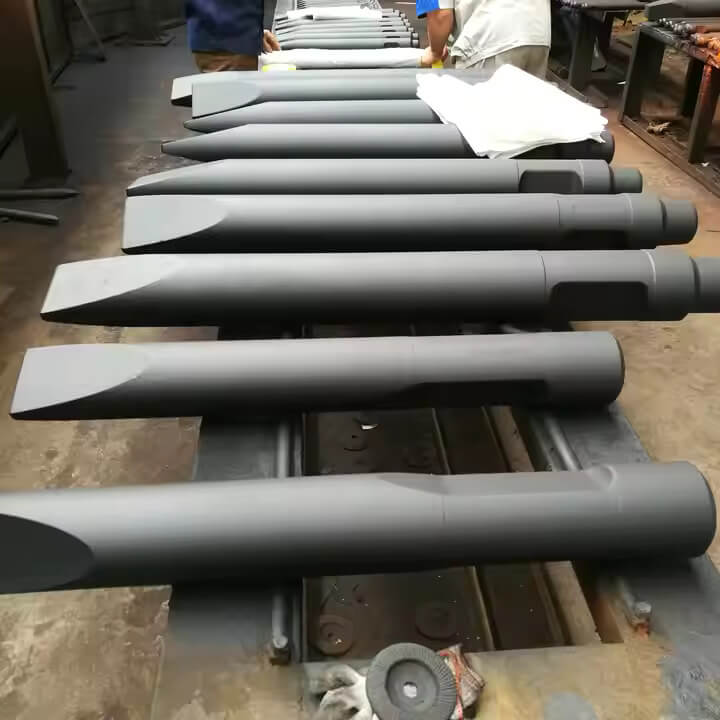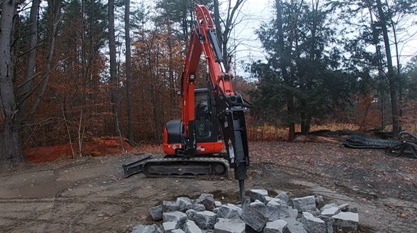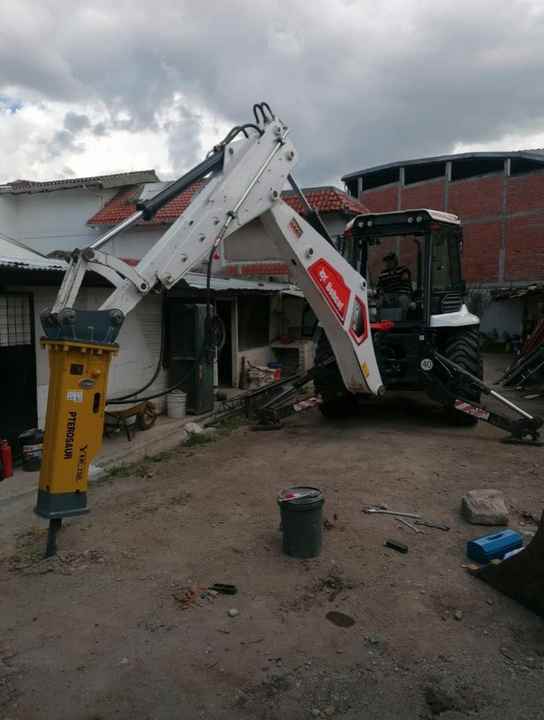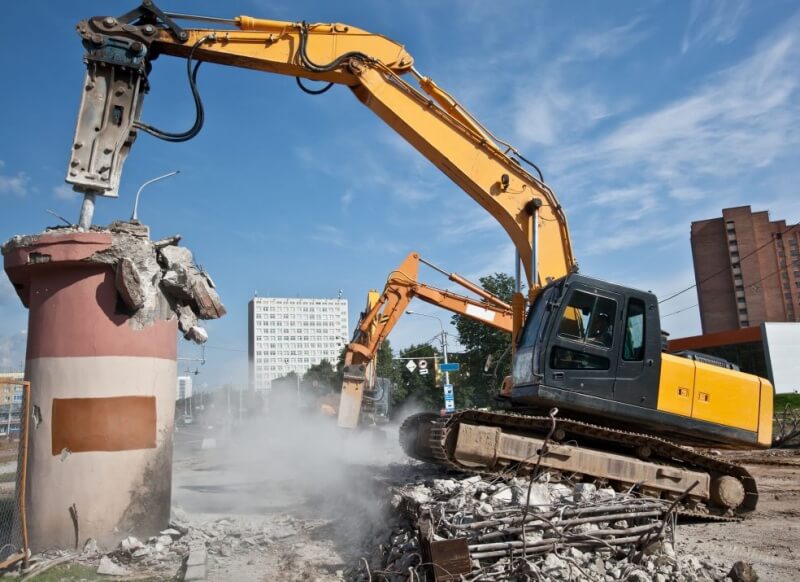Mastering the Art of Using a Jackhammer: A Comprehensive Guide
Jackhammers are essential tools in the construction and demolition industries, known for their ability to break through tough materials like concrete and asphalt. If you’re entering the construction field or have a project that requires heavy-duty work, learning how to use a jackhammer safely and effectively is paramount. This article will guide you through the necessary steps, safety considerations, and expert tips to ensure you can operate this powerful tool with confidence.
Understanding the Jackhammer
A jackhammer, also known as a pneumatic drill or demolition hammer, is a heavy-duty tool powered by compressed air or electricity. It utilizes rapid hammering action to break up hard surfaces, making it indispensable for tasks such as road repairs, concrete demolition, and excavation work. As efficient as it is, improper use can lead to accidents and injuries, which is why understanding the tool and its operation is crucial.
Safety First: Essential Precautions
Before you start using a jackhammer, it is vital to prioritize safety. Here are key safety considerations to keep in mind:
-
Personal Protective Equipment (PPE): Always wear appropriate PPE, including safety goggles, hearing protection, gloves, and steel-toed boots. This equipment protects you from flying debris and reduces the risk of injury.
-
Job Site Setup: Ensure that your work area is clear of obstacles and that you have a stable surface to stand on. Mark off the area to keep bystanders at a safe distance.
-
Proper Tool Handling: Familiarize yourself with the jackhammer’s controls and weight distribution. When operating the tool, maintain a firm grip with both hands and position your feet shoulder-width apart for stability.
How to Use a Jackhammer Effectively
Using a jackhammer may seem daunting at first, but with the right techniques, you can achieve effective results. Follow these steps for optimal performance:
-
Preparation: Before starting, inspect the jackhammer for any signs of wear or damage. Ensure all components are securely attached, and verify that the power source (whether pneumatic or electric) is functioning properly.
-
Positioning: Stand with your feet shoulder-width apart, and hold the jackhammer with both hands. Your stance should be stable, allowing you to control the tool’s weight and movement.
-
Starting the Jackhammer: Follow the manufacturer’s instructions to start the jackhammer. Begin with a low setting if applicable, and gradually increase power as needed.
-
Operating Technique: When using the jackhammer, allow the tool to do the work. Apply minimal pressure and let the hammering action break through the material. Avoid forcing the tool, as this can lead to fatigue and potential injury.
-
Maintaining Control: Keep the jackhammer perpendicular to the surface to ensure even penetration. Adjust your stance as necessary to maintain balance and control during operation.
Expert Tips for Efficiency
To maximize your efficiency and safety while using a jackhammer, consider the following expert tips:
-
Take Breaks: Jackhammering can be physically demanding. Take regular breaks to prevent fatigue and maintain your focus.
-
Practice Good Posture: Maintain a straight back and avoid bending over excessively while operating the tool. This will help prevent strain on your back and shoulders.
-
Use the Right Tool for the Job: Different jackhammers are designed for various tasks. Choose one that is appropriate for the material you’re working with, whether concrete, asphalt, or rock.
-
Keep It Clean: After use, clean the jackhammer to remove dust and debris. Regular maintenance will prolong the life of your tool and ensure it operates effectively.
Conclusion
Mastering the use of a jackhammer is a valuable skill for anyone in the construction field. By following safety guidelines, understanding the tool’s operation, and employing effective techniques, you can enhance your efficiency and safety on the job site. Whether you’re breaking concrete or demolishing structures, a well-handled jackhammer can significantly improve your project outcomes. Remember, practice makes perfect, so take your time to become familiar with this powerful tool. Happy jackhammering!

